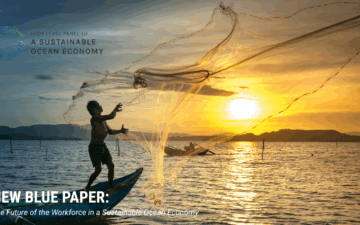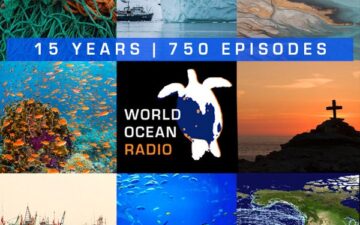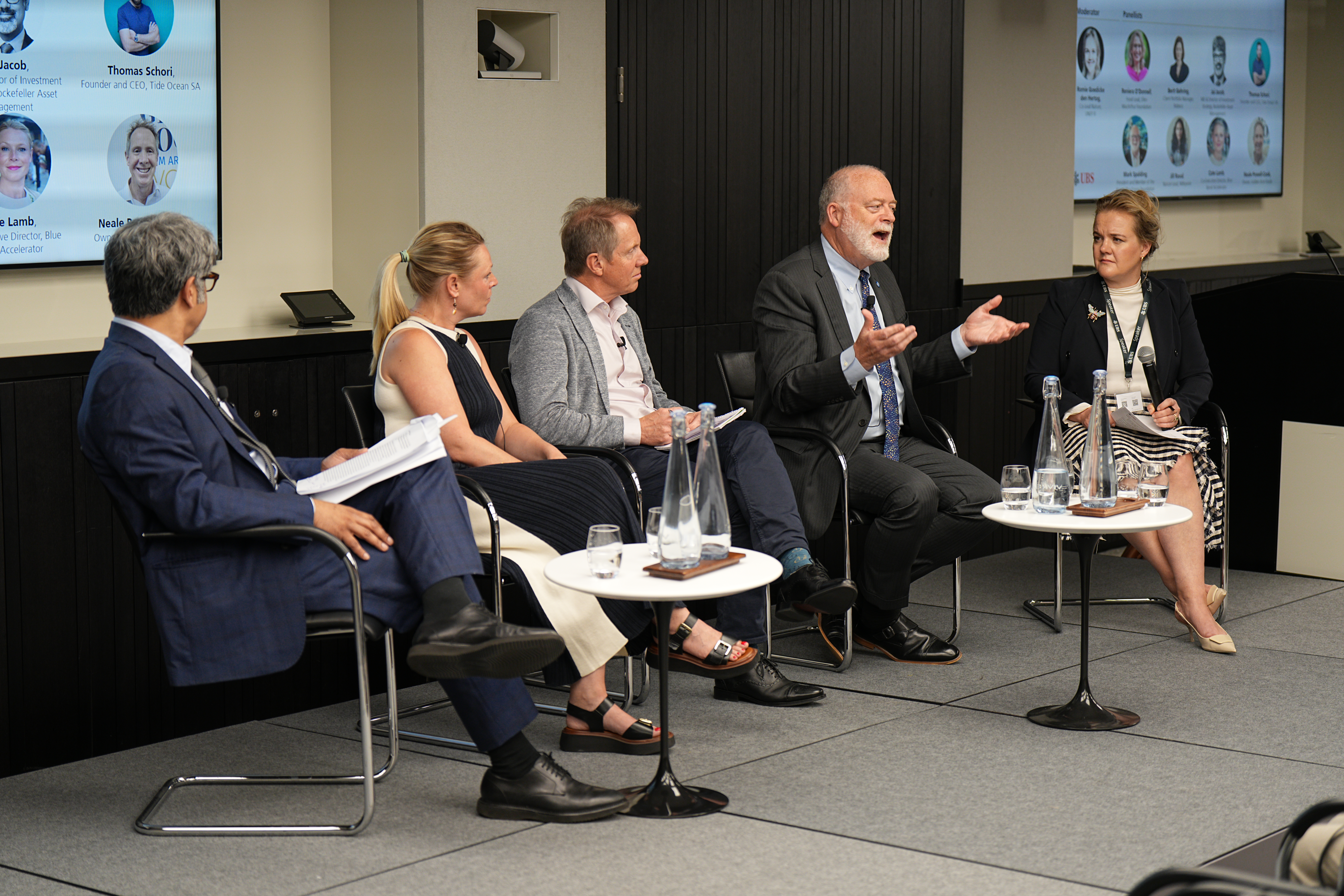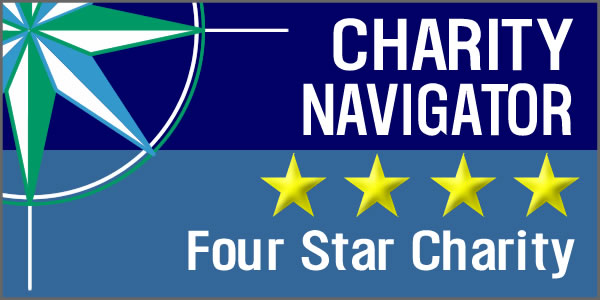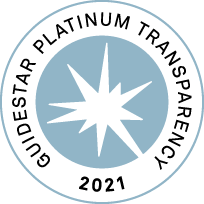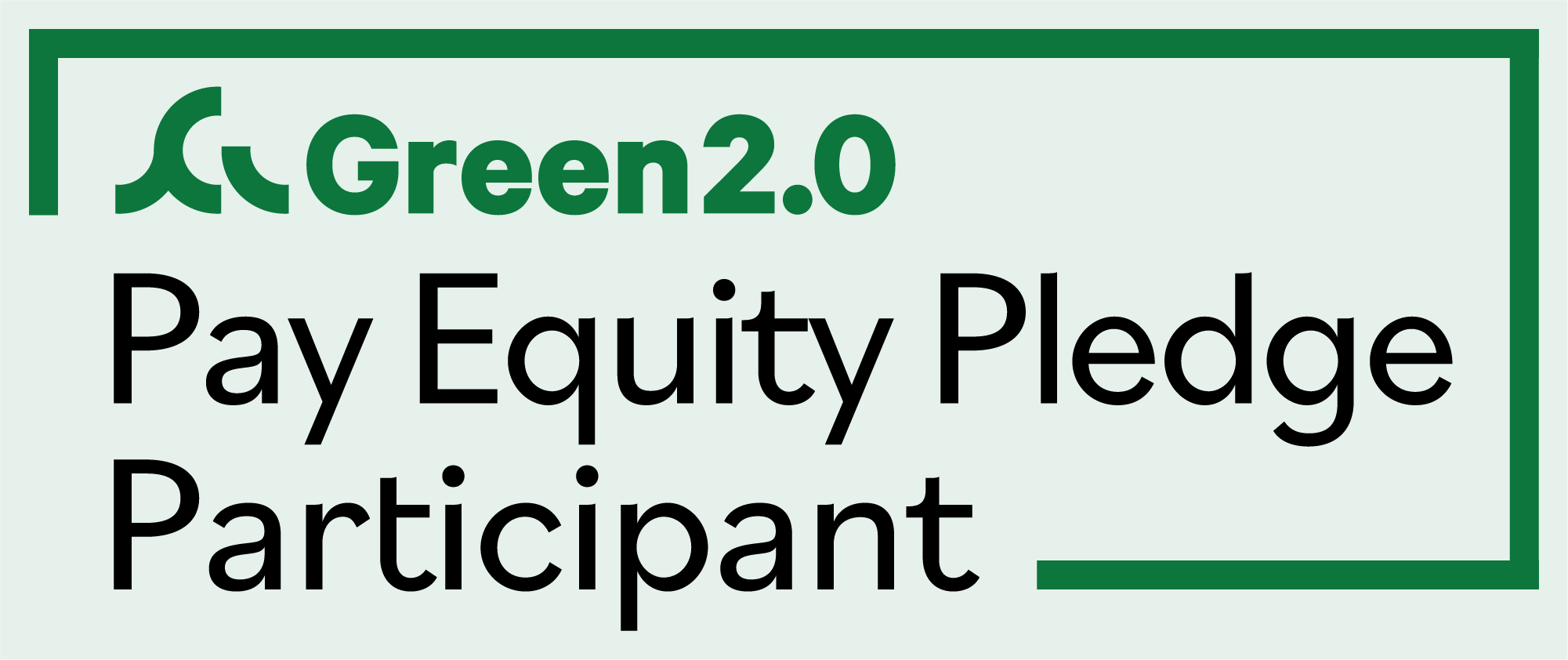Canadian mining company Nautilus Minerals Inc. has staked its reputation on bringing off the world’s first deep sea mining (DSM) operation. The Bismarck Sea in Papua New Guinea has been marked out as the testing ground for this unprecedented technology. Many other companies − from Japan, China, Korea, the UK, Canada, USA, Germany and the Russian Federation − are waiting to see if Nautilus can successfully bring metals from sea floor to smelter before taking the plunge themselves. They have already taken out exploration licences covering over 1.5 million square kilometres of the Pacific sea floor. In addition, exploration licences now also cover vast areas of the Atlantic and Indian Ocean sea floors.
This frenzy of DSM exploration is occurring in the absence of regulatory regimes or conservation areas to protect the unique and little known ecosystems of the deep sea and without meaningful consultation with the communities who will be affected by DSM. Furthermore, scientific research into impacts remains extremely limited and provides no assurance that the health of coastal communities and the fisheries on which they depend will be guaranteed.
The Deep Sea Mining Campaign is an association of organisations and citizens from Papua New Guinea, Australia and Canada concerned about the likely impacts of DSM on marine and coastal ecosystems and communities. The aims of the campaign are to achieve Free, Prior and Informed Consent from affected communities and the application of the precautionary principle.
Put simply we believe that:
▪ Affected communities should be involved in decisions about whether deep sea mining should go ahead and furthermore they have the right to veto proposed mines, and that
▪ Independently verified research must be conducted to demonstrate that neither communities nor ecosystems will suffer long term negative impacts – prior to permitting mining to commence.
Companies have shown interest in three forms of DSM – the mining of cobalt custs, polymetallic nodules, and deposits of seafloor massive sulphides. It is the latter which is arguably the most attractive to miners (being rich in zinc, copper, silver, gold, lead and rare earths) – and the most contentious. Mining of seafloor massive sulphides is likely to cause the greatest environmental damage and highest health risks to coastal communities and ecosystems.
Seafloor massive sulphides are formed around hydrothermal vents – hot springs that occur along chains of underwater volcanic mountains. Over thousands of years black clouds of metal sulphides have spurted out of the vents, settling out in huge mounds up to millions of tonnes in mass.
Impacts
Nautilus Minerals has been granted the world’s first licence to operate a deep sea mine. It plans to extract gold and copper from sea floor massive sulphides in the Bismarck Sea in PNG. The Solwara 1 mine site is about 50 kms from the town of Rabaul in East New Britain and 30 kms from the coast of New Ireland Province. The DSM campaign released a detailed oceanographic assessment in November 2012 that indicates coastal communities are potentially at risk of heavy metals poisoning due to up-wellings and currents at the Solwara 1 site.[1]
Very little is understood about the possible impacts of each individual deep sea mine let alone the cumulative impacts of the many mines likely to be developed. Conditions around the hydrothermal vents are unlike anywhere else on the planet and this has resulted in unique ecosystems. Some scientists believe that hydrothermal vents are where life first started on earth. If so, these environments and these ecosystems could provide insights into the evolution of life. We are barely starting to understand deep sea ecosystems which occupy more than 90% of ocean space.[2]
Each mining operation would directly destroy thousands of hydrothermal vent formations and their unique ecosystems – with the very real possibility that species will become extinct before they have even been identified. Many argue that the destruction of vents alone would provide sufficient reason to not approve DSM projects. But there are additional serious risks such as the potential toxicity of metals that may find their way into marine food chains.
Studies and modelling are required to determine what metals will be released, what chemical forms they will be present in, the extent to which they will find their way into food chains, how contaminated the seafood eaten by local communities will be, and what effects these metals will have on fisheries of local, national and regional importance.
Until then a precautionary approach should be applied with a moratorium placed on the exploration and mining of deep sea minerals.
Community voices against deep sea mining
The call to stop experimental sea bed mining in the Pacific is growing. Local communities in Papua New Guinea and the Pacific are speaking out against this frontier industry.[3] This has included the presentation of a petition with over 24,000 signatures to the PNG government calling for Pacific governments to stop experimental seabed mining.[4]
Never before in PNG’s history has a development proposal galvanised such wide ranging opposition – from representatives of local communities, students, church leaders, non-government organisations, academics, staff of government departments and national and provincial parliamentarians.
Pacific women promoted the ‘stop experimental seabed mining’ message at the international Rio+20 conference in Brazil.[5] While in New Zealand communities have come together to campaign against the mining of their black sands and their deep seas.[6]
In March 2013, the Pacific Conference of Churches 10th General Assembly passed a resolution to stop all forms of experimental seabed mining in the Pacific.[7]
However, exploration licences are being issued at a frightening rate. More voices must be heard to stop the spectre of DSM from becoming a reality.
Join forces with us:
Join the Deep Sea Mining campaign e-list by sending an email to: [email protected]. Please let us know if you or your organisation would like to collaborate with us.
More information:
Our web site: www.deepseaminingoutofourdepth.org
Campaign Reports: http://www.deepseaminingoutofourdepth.org/report
Facebook: https://www.facebook.com/deepseaminingpacific
Twitter: https://twitter.com/NoDeepSeaMining
Youtube: http://youtube.com/StopDeepSeaMining
References:
[1]Dr. John Luick, ‘Physical Oceanographic Assessment of the Nautilus Environmental Impact Statement for the Solwara 1 Project – An Independent Review’, Deep Sea Mining Campaign http://www.deepseaminingoutofourdepth.org/report
[2] www.savethesea.org/STS%20ocean_facts.htm
[3] www.deepseaminingourofourdepth.org/community-testimonies
[4] www.deepseaminingoutofourdepth.org/tag/petition/
[5] Pacific NGOs step up Oceans Campaign at Rio+20, Island Business, June 15 2012,
www.deepseaminingoutofourdepth.org/pacific-ngos-step-up-oceans-campaign-at-rio20
[6] kasm.org; deepseaminingoutofourdepth.org/tag/new-zealand
[7] ‘Call for impact research’, Dawn Gibson, 11 March 2013, Fiji Times Online, www.fijitimes.com/story.aspx?id=227482
The Deep Sea Mining Campaign is a project of The Ocean Foundation

